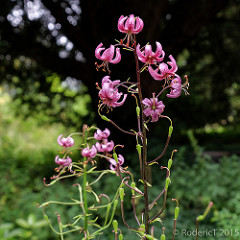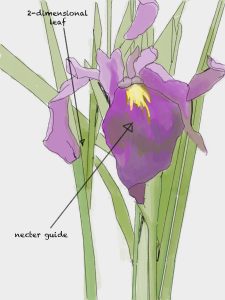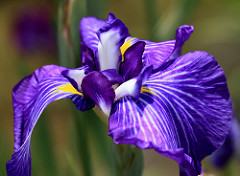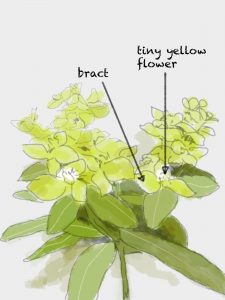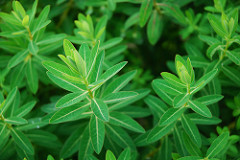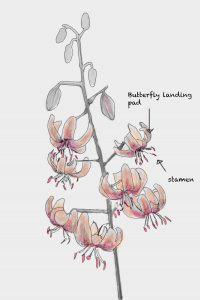 Lilium martagon, martagon lily
Lilium martagon, martagon lily
Family: Liliaceae
Description:
This lily species has a notable proliferation of inflorescence. Petals are reflexed, or curl back, and are usually pink, yellow, or rusty orange in color. Blossoms typically droop down, with exposed stamens pointing to the ground. This form is characteristic of a butterfly-pollinated species. Leaves are produced in whorls.
The lily to BC, Lilium collumbianum, is similar in form, but is less floriferous.
Growing conditions:
This species needs very rich soil. It is tolerant of both shade and sun, but will grow best in shade.
Suitable uses:
Lilium martagon is well suited for a woodland garden. It is ideal for attracting butterflies and increasing flowering interest. It is best to avoid planting near a path, as prominent stamens easily stain clothing.
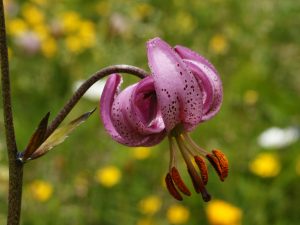
Wikimedia Commons Image courtesy of © Hans Hillewaert

